Appetizers
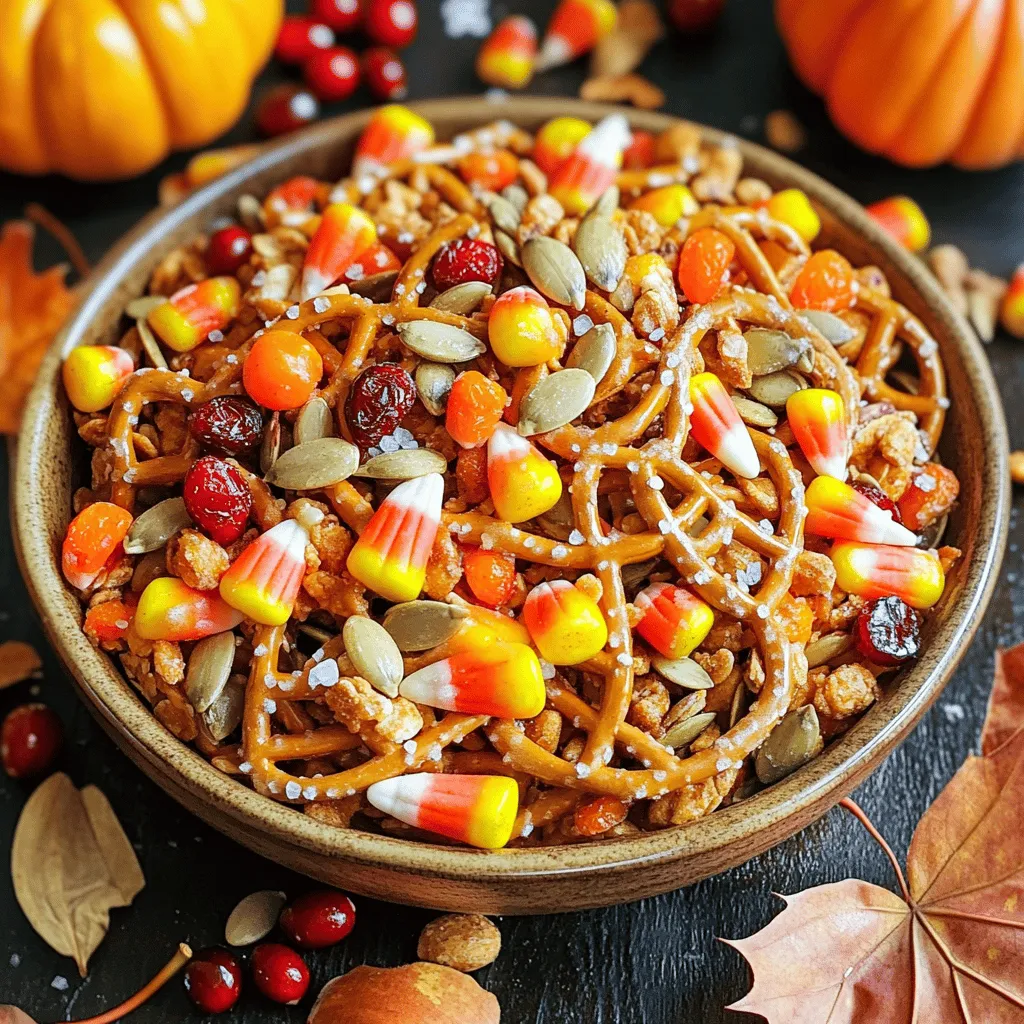
Fall Snack Mix Crunchy and Flavorful Delight
As the leaves turn and the air cools, it’s the perfect time to indulge in a delicious Fall Snack Mix. Imagine crunchy nuts, sweet dried
![To make Easy Fiesta Roll Ups, gather the following items: - 4 large flour tortillas - 1 cup cream cheese, softened - 1 teaspoon taco seasoning - 1 cup shredded cheddar cheese - 1 cup cooked black beans, drained and rinsed - 1 medium bell pepper, finely chopped - 1 cup fresh spinach, chopped - ½ cup salsa - Fresh cilantro leaves for garnish These ingredients create a tasty blend. The cream cheese adds smoothness, while the taco seasoning gives it a fun twist. The black beans and veggies boost the nutrition. You can use any bell pepper color you like. Fresh spinach adds a nice crunch. The salsa ties everything together with flavor. For a complete guide, check the [Full Recipe]. This mix of flavors makes every bite enjoyable. - In a bowl, combine the softened cream cheese and taco seasoning. Mix until smooth. - Spread an even layer of the cream cheese mixture over each flour tortilla. - Sprinkle shredded cheddar cheese on top of the cream cheese on each tortilla. - Layer cooked black beans, chopped bell pepper, and fresh spinach over the cheese. - Drizzle salsa over the fillings on each tortilla, spreading it out slightly. - Carefully roll each tortilla tightly from one end to the other. Make sure the fillings stay inside. - Once rolled, place them seam-side down and wrap each in plastic wrap. Chill in the refrigerator for at least 30 minutes to set. - After chilling, unwrap the roll-ups and slice them into bite-sized pieces, about 1-2 inches wide. - Arrange on a serving platter and garnish with fresh cilantro leaves before serving. This simple method makes your Easy Fiesta Roll Ups a fun snack. Enjoy making these with family! For the full recipe, refer to the earlier section. - Pair with fresh salsa or guacamole. - Serve with tortilla chips for added crunch. These roll-ups shine when you add some dips. Fresh salsa adds zest. Guacamole gives a creamy touch. Tortilla chips bring in a nice crunch. Each bite gets even better! - Substitute ingredients for dietary needs (e.g., dairy-free cream cheese). - Use whole wheat or corn tortillas for variation. You can switch things up based on your diet. If you need a dairy-free option, use dairy-free cream cheese. Whole wheat or corn tortillas can add unique flavors. Experiment and find what you love best! {{image_2}} You can make your Easy Fiesta Roll Ups more exciting with a few tweaks. If you crave heat, add diced jalapeños. They give a nice kick to each bite. If you like cheese, switch to pepper jack. This cheese adds a creamy texture and a spicy flavor. Feel free to swap some ingredients for fun. Try hummus instead of cream cheese for a lighter option. Hummus adds flavor and keeps things fresh. You can also change up the veggies. Use zucchini or carrots to add crunch and color. These swaps let you customize your roll ups to fit your taste. To keep your Easy Fiesta Roll Ups fresh, store them in the fridge. Wrap each roll-up tightly in plastic wrap. This keeps them moist and tasty. Use an airtight container for added protection. This helps prevent any odors from other foods. Leftovers can last up to three days in the fridge. Just make sure they are sealed well. You can freeze your roll-ups if you have extra. First, wrap each roll-up in plastic wrap. Then, place them in a freezer-safe bag. Squeeze out as much air as you can. This helps prevent freezer burn. Your roll-ups will stay good for up to three months. When you are ready to eat them, take the roll-ups out of the freezer. Let them thaw in the fridge overnight. If you're in a hurry, you can also thaw them on the counter for a few hours. After thawing, you can eat them cold or warm them in the microwave. Just heat them for about 30 seconds to 1 minute. This makes them soft and tasty again. Enjoy your Easy Fiesta Roll Ups! To make these roll-ups healthier, you can swap some ingredients. Here are some easy changes: - Use whole wheat tortillas instead of regular flour tortillas. - Replace cream cheese with Greek yogurt for fewer calories. - Choose low-fat cheese or skip the cheese for a lighter option. - Add more veggies like zucchini or carrots for extra nutrients. These swaps keep the flavor while making the dish more nutritious. Yes, you can make Easy Fiesta Roll Ups ahead of time. Here’s how to do it: - Prepare the roll-ups and wrap each one tightly in plastic wrap. - Place them in the fridge for up to 24 hours before serving. - This helps the flavors blend and makes slicing easier. Just remember to slice them right before serving for the best look. You can serve many tasty dishes with Easy Fiesta Roll Ups. Here are some fun ideas: - Fresh salsa for dipping adds great flavor. - Guacamole gives a creamy contrast. - Tortilla chips add a nice crunch. - A light salad can balance the meal. - Refreshing drinks like lemonade or iced tea work well, too. These pairings will make your fiesta even more festive! You now have all you need to make tasty Easy Fiesta Roll Ups. We covered the ingredients, step-by-step instructions, helpful tips, and tasty variations. Remember, you can mix and match ingredients based on your taste. Store leftovers for later or freeze them for a quick snack. These roll-ups are fun for any gathering. Enjoy creating these simple and delicious treats! Share them with friends and family, and celebrate every bite.](https://therecipehatch.com/wp-content/uploads/2025/07/5398f719-de71-4cec-98de-c5615cb3248e.webp)
Easy Fiesta Roll Ups Delicious and Simple Snack Recipe
Are you ready to spice up snack time? These Easy Fiesta Roll Ups are a fun and tasty treat! With just a few simple ingredients,

Pepperoni Pizza Quesadillas Tasty and Quick Meal
If you love pizza and easy meals, you’re in for a treat! Pepperoni Pizza Quesadillas combine two classic favorites into a fun, quick dish. In
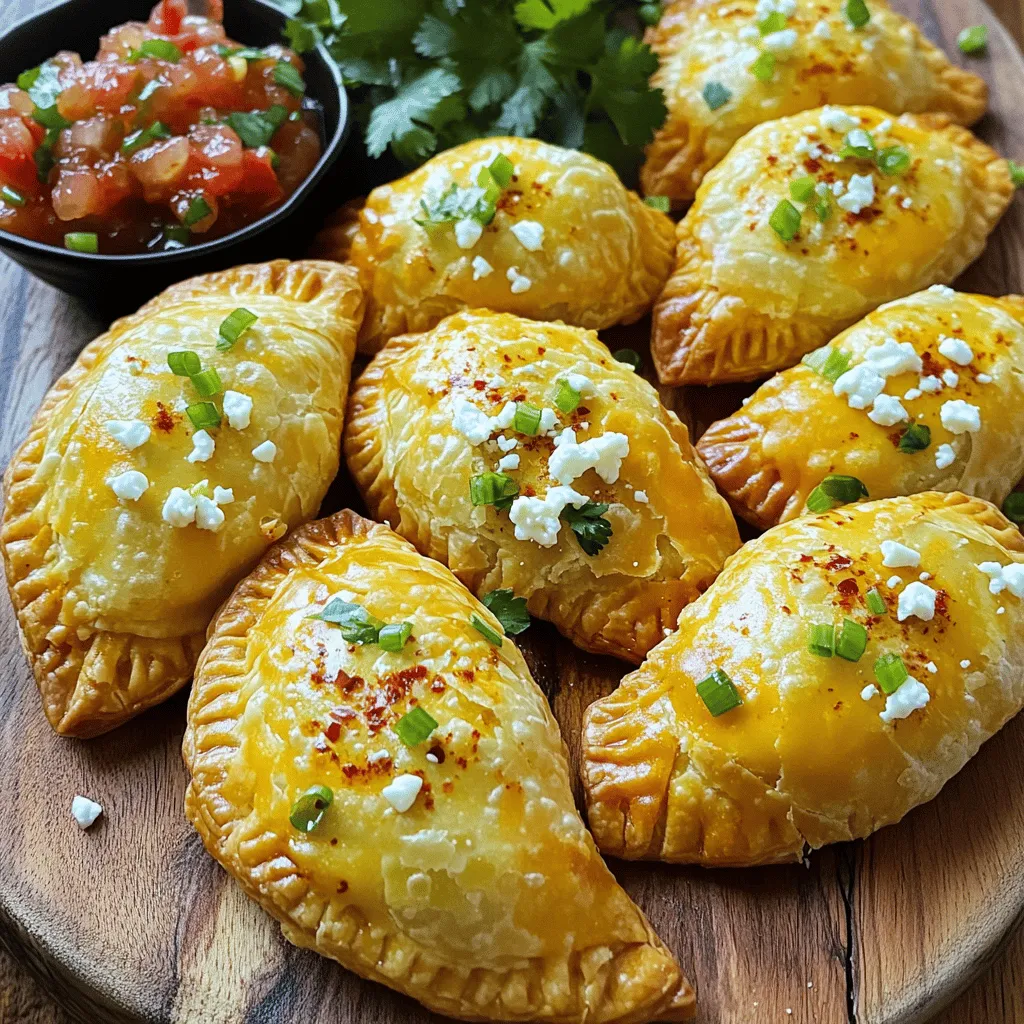
Savory Empanadas with Cheese Ideal for Every Meal
Craving a tasty treat? You’ll love these savory empanadas with cheese! Perfect for breakfast, lunch, or dinner, they offer a warm, gooey filling inside a
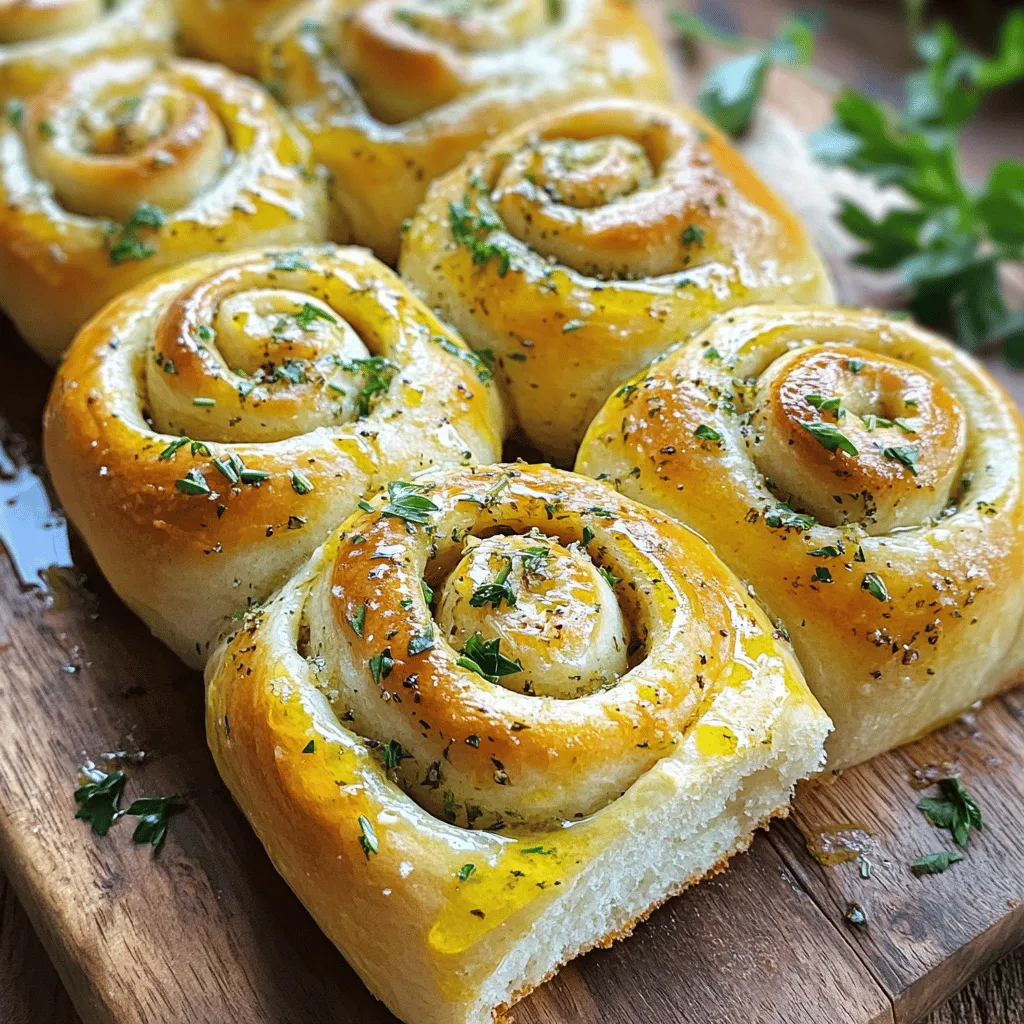
Herb & Garlic Swirl Rolls Freshly Baked Delight
Are you ready to bake something special? Herb & Garlic Swirl Rolls are a game-changer for your meals. Their warm, rich flavors will make your

Grilled Cheese Roll-Ups Tasty and Easy Comfort Food
Craving a simple yet delicious snack? Grilled cheese roll-ups are the answer! These tasty bites are easy to make and perfect for any meal. You
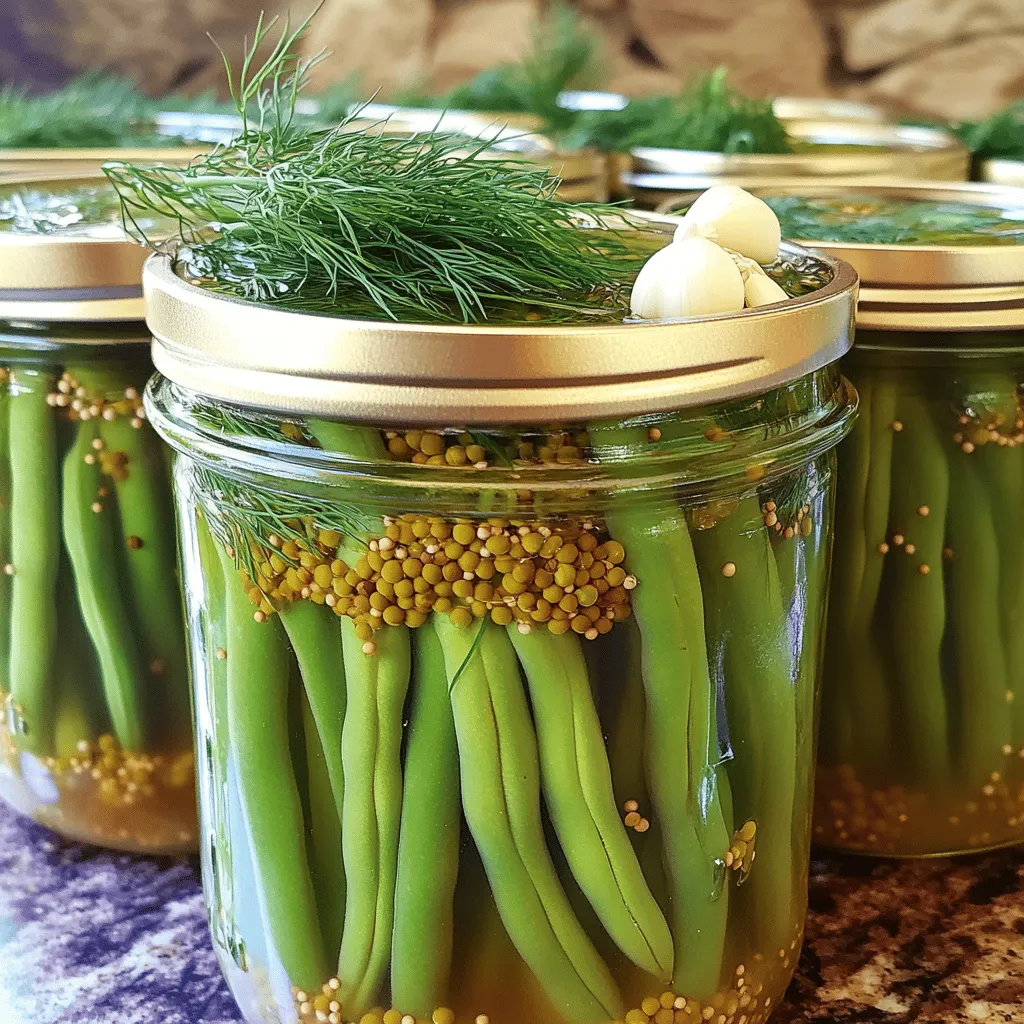
Refrigerator Dilly Beans Perfect for Your Pantry
Looking to spice up your pantry with a delightful, crunchy treat? Refrigerator dilly beans are the perfect solution! In just a few simple steps, you’ll

Figs in a Blanket Tasty and Simple Appetizer Delight
Looking for a simple yet delicious appetizer? Figs in a Blanket is your go-to choice! This tasty treat combines sweet figs with savory flavors, making
![To make Incredible Hot Honey Chicken Wings, you need these simple items: - 2 lbs chicken wings - 1 tablespoon olive oil - 1 teaspoon garlic powder - 1 teaspoon onion powder - 1 teaspoon smoked paprika - ½ teaspoon cayenne pepper (adjust for heat level) - Salt and pepper to taste - ½ cup honey - 2 tablespoons apple cider vinegar - 1 tablespoon sriracha (optional, for added heat) - Fresh parsley, chopped (for garnish) You can swap some ingredients to fit your taste or what's in your pantry: - Chicken wings: Drumsticks or thighs work too. - Olive oil: Use vegetable oil or melted butter for a different flavor. - Honey: Try maple syrup or agave for a unique twist. - Apple cider vinegar: White vinegar or lemon juice can substitute here. - Sriracha: Use any hot sauce you like for heat. Quality ingredients make a difference in taste. Here are some quick tips: - Chicken: Choose fresh, organic wings if possible. They taste better. - Spices: Use fresh spices; they have more flavor than old ones. - Honey: Look for pure honey with no additives. It’s sweeter and richer. - Vinegar: Opt for raw apple cider vinegar for added health benefits. These tips will help you create wings that burst with flavor. For the complete recipe, refer to the Full Recipe. First, preheat your oven to 425°F (220°C). This step is key for crispy wings. Next, take 2 lbs of chicken wings and pat them dry using paper towels. This helps them crisp up nicely. Place the wings in a large bowl. Now, drizzle them with 1 tablespoon of olive oil. Sprinkle in 1 teaspoon each of garlic powder and onion powder. Add 1 teaspoon of smoked paprika and ½ teaspoon of cayenne pepper. Adjust the cayenne if you want less heat. Finally, add salt and pepper to taste. Mix everything well so the wings are fully coated. Line a baking sheet with foil for easy cleanup. Then, place a wire rack on top of the sheet. This rack allows air to flow around the wings. Arrange the coated wings in a single layer on the rack. Bake them in the preheated oven for about 40-45 minutes. Turn the wings halfway through to ensure even cooking. You will know they are done when they are golden brown and crispy. While the wings bake, start the hot honey sauce. In a small saucepan over medium heat, combine ½ cup of honey, 2 tablespoons of apple cider vinegar, and 1 tablespoon of sriracha if you want some extra heat. Stir the mix until it is well combined. Let it simmer for about 5 minutes. The sauce should thicken slightly. Once ready, remove it from the heat and set it aside. This step is crucial as the hot honey sauce adds a sweet and spicy kick to the wings. When the wings are done, toss them in this delicious sauce. Enjoy your Incredible Hot Honey Chicken Wings! For the full recipe, check the section above. To get those wings crispy, you need to dry them well. After washing, use paper towels to pat them dry. This step helps remove moisture that can make wings soggy. Next, coat the wings with olive oil and seasoning. This adds flavor while helping them crisp in the oven. Use a wire rack for baking. This allows hot air to circulate around the wings. Bake at 425°F (220°C) for 40-45 minutes. Flip them halfway for even cooking. Enhancing flavor is simple. Start with good spices like garlic powder and smoked paprika. You can also add cayenne for heat. Adjust this to your taste. For the hot honey sauce, mix honey with apple cider vinegar. This combo brings sweetness and tang. If you like heat, include sriracha. Let it simmer to thicken. This step intensifies the flavor. One common mistake is overcrowding the baking sheet. Wings need space to crisp up. If they touch, they will steam instead. Another mistake is not preheating the oven. An oven that isn’t hot enough won’t cook the wings well. Lastly, don’t skip the drying step. Moisture is the enemy of crispy wings. Follow these tips for a tasty and crispy result. For the full recipe, check out the Incredible Hot Honey Chicken Wings section. {{image_2}} To make BBQ hot honey chicken wings, start with the same base recipe. Use your favorite BBQ sauce mixed with honey for a sweet and smoky flavor. Just blend ½ cup of BBQ sauce with ½ cup of honey. Coat the wings in this mix before baking. The BBQ adds a nice twist to the sweet heat. For spicy garlic honey wings, add more garlic and some chili flakes. Mix 1 tablespoon of minced garlic into the hot honey sauce. You can also add 1 teaspoon of chili flakes for extra heat. This version gives you a robust garlic flavor with a spicy kick. It's perfect for garlic lovers! You can cook these wings in different ways. Baking is easy and healthier. It gives you crispy wings without much oil. Frying makes them extra crispy and is faster. If you fry, heat oil to 375°F (190°C) and cook wings for about 8-10 minutes. Both methods work great, so choose what you like best! For the full recipe, check out the Incredible Hot Honey Chicken Wings section. To store leftover wings, let them cool down first. Place the wings in an airtight container. You can also wrap them tightly in foil or plastic wrap. This keeps them fresh. Store the container in the fridge for up to four days. If you want to keep them longer, freezing is a good option. When it's time to eat the wings again, you can reheat them easily. The best way is in the oven. Preheat your oven to 375°F (190°C). Place the wings on a baking sheet. Heat them for about 15-20 minutes. This method helps them stay crispy. You can also use a microwave, but the wings may not be as crispy. If you use the microwave, heat them in short bursts. Check every minute until hot. If you wish to store wings for a long time, freezing is perfect. First, let the wings cool completely. Then, place them in a freezer-safe bag. Remove as much air as possible before sealing. Label the bag with the date. You can freeze them for up to three months. When ready to enjoy, thaw them in the fridge overnight. Then, reheat as described above. This keeps the wings tasty and ready to eat anytime. For the full recipe, check out the previous section! The best temperature to bake chicken wings is 425°F (220°C). This high heat helps wings become crispy on the outside while staying juicy inside. I find this temperature perfect for achieving that ideal texture. Just make sure to flip the wings halfway for even cooking. Yes, you can make the hot honey sauce in advance. Just store it in an airtight container in the fridge for up to a week. When you're ready to use it, heat it gently on the stove. This way, you save time on game day or dinner night. Several sides go great with hot honey chicken wings. Here are a few ideas: - Celery sticks - Carrot sticks - Blue cheese or ranch dressing for dipping - French fries - Cornbread These sides add a nice balance to the sweet and spicy flavors of the wings. You can mix and match based on what you enjoy! For the full recipe, check [Full Recipe]. This article covered how to make delicious hot honey chicken wings. We discussed ingredient lists, substitutions, and tips for quality. You learned step-by-step instructions for preparation, baking, and making the hot honey sauce. I shared tricks for crispy wings and flavor boosts while avoiding common mistakes. We explored tasty variations, storage, and reheating methods. Enjoy your cooking adventure with hot honey wings. With these tips, you’ll impress your family and friends!](https://therecipehatch.com/wp-content/uploads/2025/07/9d66e127-9a2c-4697-a170-c48e49622038.webp)
Incredible Hot Honey Chicken Wings Tasty and Simple
Are you ready to spice up your game day or dinner table? These Incredible Hot Honey Chicken Wings offer a perfect mix of heat and
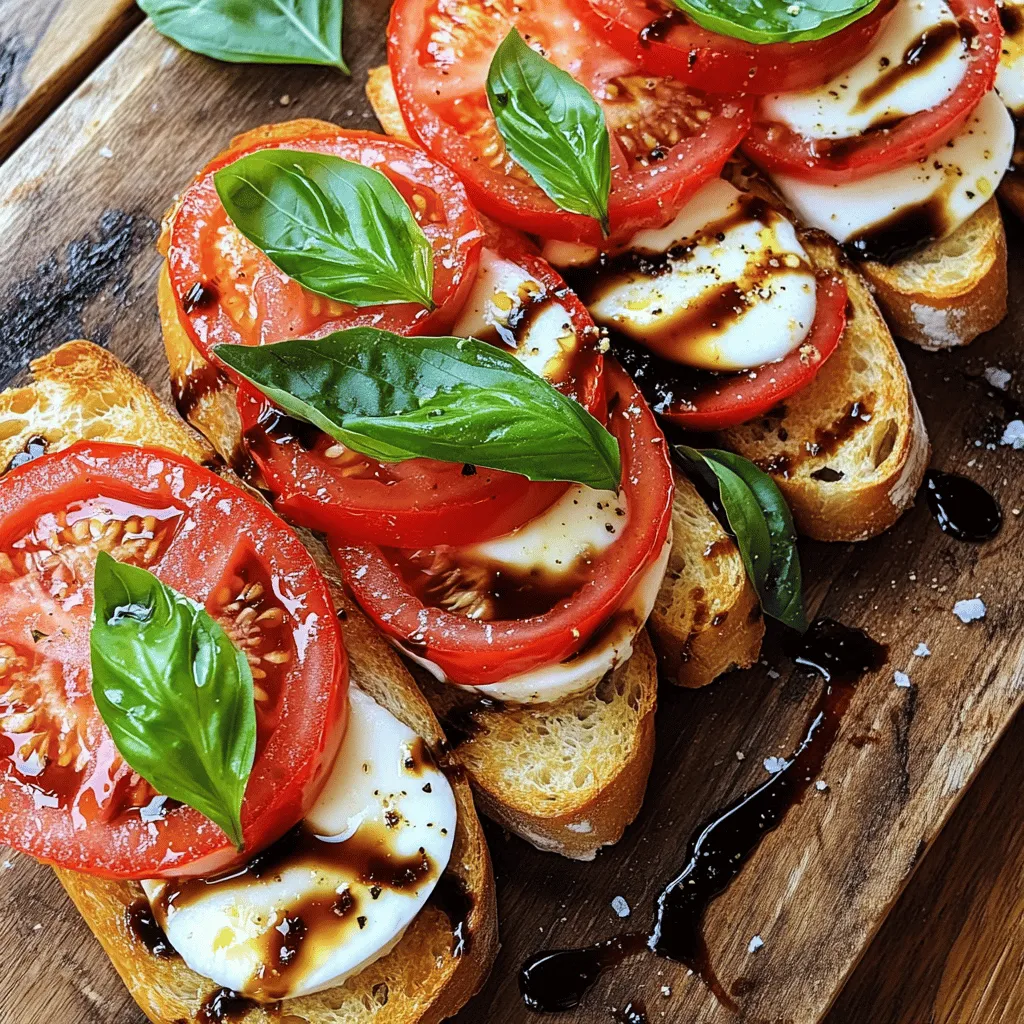
Baguette Caprese Salad Fresh and Flavorful Delight
Looking for a fresh and tasty dish? Try my Baguette Caprese Salad! With juicy tomatoes, creamy mozzarella, and fragrant basil, this salad bursts with flavor.